Do Termites Eat Pressure-Treated Wood? Reasons, Tips & FAQs
-
Pete Ortiz
- Last updated:

Termites are one of the most destructive species of insects in the world. They attack in millions and can leave behind a trail of mayhem. Here in the US alone, termites take down almost 600,000 houses annually by feasting on most construction timbers—except pressure-treated wood, that is.
Pressure-treated wood is chemically protected lumber with awesome durability properties and is extensively used in the construction industry. US citizens spend close to $5 billion dealing with termite problems and using pressure-treated wood can help ease this cost.
Globally, there are over 2,500 species of termites distributed on all continents except Antarctica. They live in colonies numbering up to one million strong and spend considerable time eating. That is why they are so effective at destroying houses. Let’s explore more about this seemingly innocent creature and find out how it destroys wood.
 What Is Pressure-Treated Wood?
What Is Pressure-Treated Wood?
Pressure treatment is a method of preserving wood by forcing a preservative or fire-retardant solution into the cellular structure of the wood under high pressure. It is a simple method with remarkable efficiency. In addition, pressure treatment leaves behind durable timber that is less susceptible to rot and termite attack.
To pressure treat wood, experts load lumber into a steel pressure tank. They then switch on the vacuum pump to suck out air from the timber’s cells. A valve then releases treatment chemicals to flood the pressure chamber. Due to the high pressure created by the vacuum, the wood absorbs the chemicals almost instantaneously.
The size of the log and the vacuuming effect will determine how deep chemicals penetrate the wood. Good results are attainable when working with thin slabs of wood compared to thick logs and using a large high-pressure pump.
After several hours, workers remove the wood from the steel tank and take it to a curing chamber to dry out.

Why is Pressure-Treated Wood Not Affected By Termites?
During pressure treatment, experts mix a cocktail of chemicals, each with targeted benefits. Some are to prevent rotting and fungal infections, while others are specifically for controlling termite attacks. These chemicals penetrate deeply into the wood structure to form an impenetrable anti-termite layer.
The chemicals may kill termites that nibble on the wood and the strong smell from the treatment solution also repels them.
However, with time, termites may start eating pressure-treated wood:
- The wood was exposed to rain, and water dissolved away or diluted termiticides.
- The termiticide was not strong enough to protect the wood for a long time
- Termites may wait until rotting destroys the protected layer and eat their way through the center
The 7 Steps to Prevent Termites From Attacking Wood
Pressure treatment is one way of controlling termite attacks you can employ along with a few other solutions.
1. Know the species of termites you are trying to control
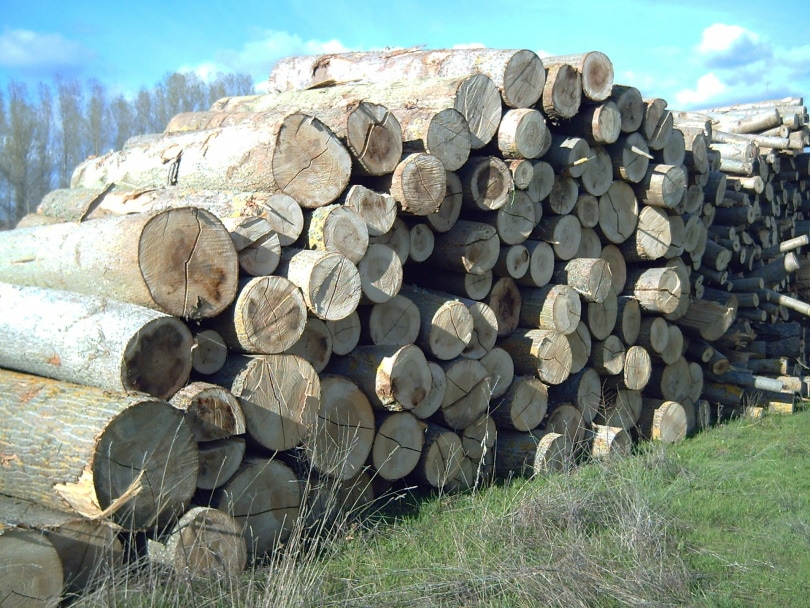
With several thousands of termite species across the globe, controlling them with a single approach is impossible. A range of treatment solutions is needed.
Broadly, there are two categories of termites; subterranean and drywood. Subterranean termites build colonies in moist soil near the source of food. A healthy colony can swell to millions and ravenously bore through wood 24 hours a day.
Given their numbers and aggressive feeding habits, subterranean termites are by far the most destructive category.
As their name suggests, drywood termites live in small colonies in dry wood and rarely venture into moist soil. They can go unnoticed for years thanks to their stealthy mode of operation.
Knowing which termite species you are dealing with can help you employ different methods of bringing them down.
Application of certified liquid termite pesticides through trenching or injection will control subterranean termites. In contrast, use borate-based products to repel away drywood termites.
2. Use cardboard to lure termites
Cardboard is made from wood and contains cellulose, which is the main source of food for termites. Using cardboard to lure termites is straightforward. Take used pieces, sprinkle some water on them and place them near the affected area.
Damp cardboard emits a distinctive woody smell that attracts termites. Within a few hours, these destructive pests will be swarming around the new source of food. Collect the cardboard and burn it with termites.
Other than being a cost-effective termite control method, cardboard can help you determine the strength of termite colonies barricaded in your home.
3. Parasitic nematodes
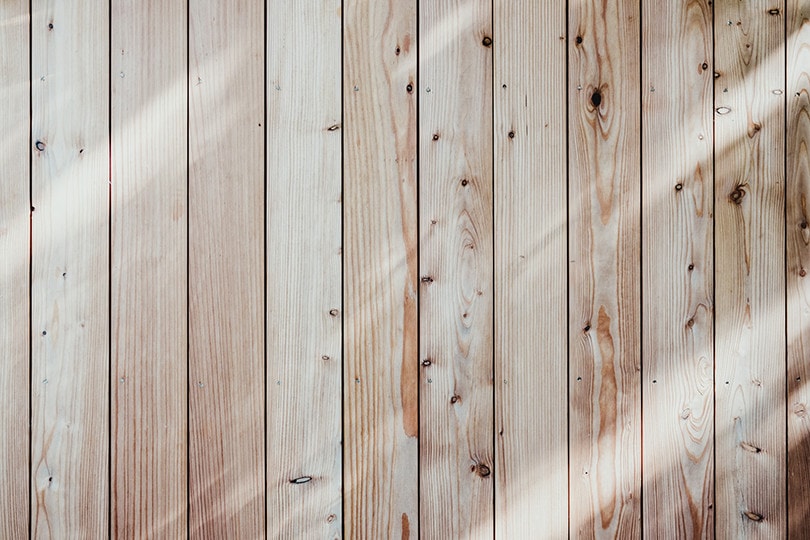
Looking for an eco-friendly way of dealing with termites? Parasitic nematodes kill termite larvae by burrowing through its body. This method is non-toxic and environmentally friendly.
Nematodes live naturally in the soil. But you can find them in large quantities at your local agrovet.
4. Get rid of moisture
Moisture creates favorable conditions for breeding termites. Reducing moisture in your house or basement will keep termites at bay. Installing a dehumidifier can help suck out excess humidity from the air.
In summer, an air conditioner will serve the purpose very well. Instead of trapping moisture, the conditioner will circulate dry air. This eventually creates a dry, inhabitable environment for termites.
5. Declutter your house
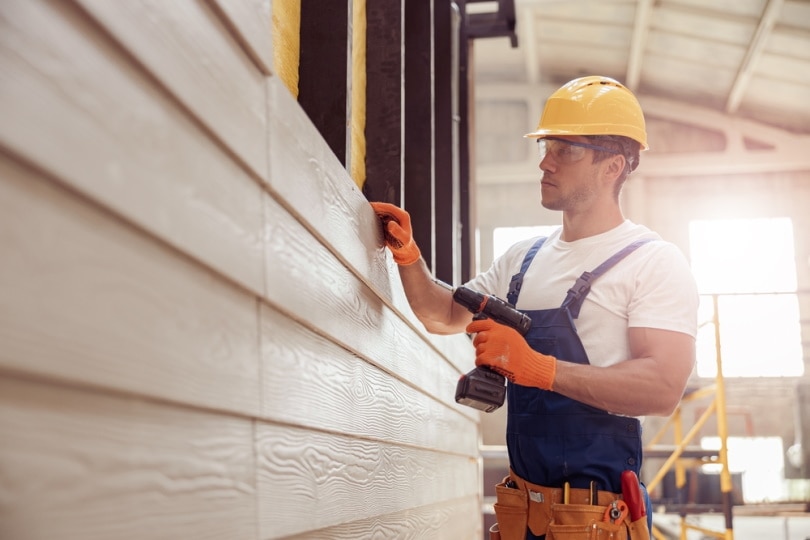
Termites love cluttered places as they can sneak in large numbers unnoticed. Find some time and declutter your house to expose dark areas to light. Pay special attention to old magazines, newspapers, cardboard, and useless papers littering the floor. They are termite food and removing them will protect your home.
Another advantage of decluttering your home is treatment chemicals will cover every square inch of the wood whenever you spray termiticides.
6. Use oil to prevent termite attacks
Oil is an excellent termite deterrent that works by introducing an unpleasant taste to the wood. Take a few gallons of engine oil, mix it with diesel and apply it to the wood. Diesel improves the viscosity and perforation properties of thick engine oil.
Let the wood soak in the first layer of oil for a few hours and apply a second and third layer.
Alternatively, you can use orange oil to prevent pest attacks. Orange oil contains D-limonene, a compound that kills termites on contact. Given its low smell profile and cleanliness, orange oil can be used on indoor furniture, whereas engine oil is favorable for outdoor wood such as fencing poles.
Also, mixing used engine oil, diesel, orange, and neem oil and later spraying over affected areas has superb results.
7. Place affected items under the sun
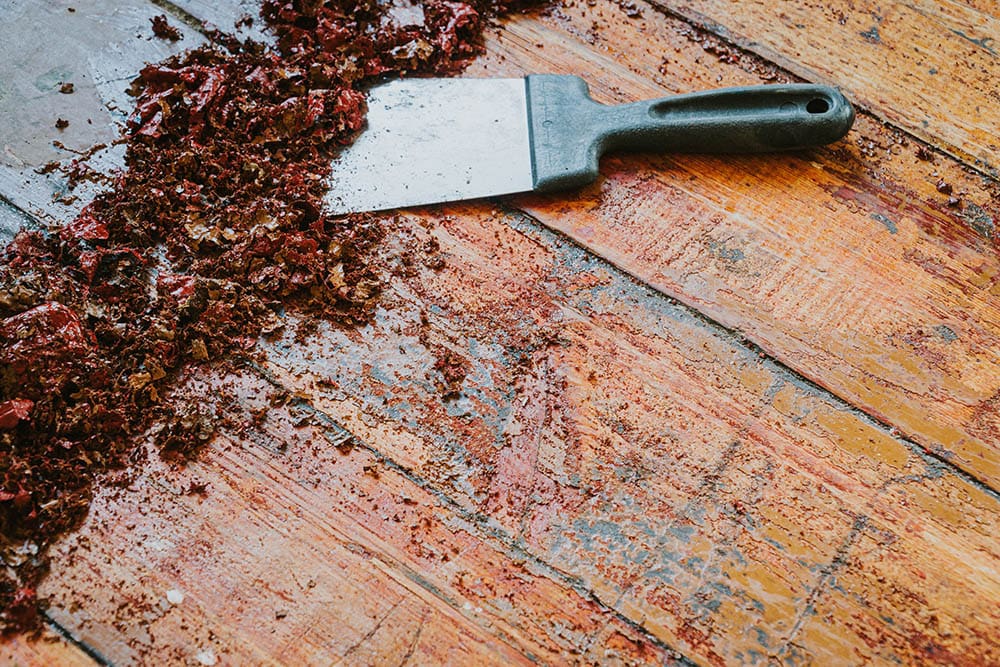
Exposing non-winged termites under the sun kills them within a few minutes due to rapid evaporation. It is a proven method and works when you take affected furniture out under the hot summer sun. If termites migrate deep into hidden burrows, leaving timber outside for a few hours will bake them alive.
Which Other Wood Treatment Options Repel Termites?
- Charring: Charring is a common wood treatment practice that involves burning the outer surface. This method protects the wood against rot and termites. But after some time, termites will burrow their way into the timber. This happens when the charred skin depreciates and falls off.
- Dipping and stepping: In this method, workers lower piles of wood or timber into a pre-prepared solution inside a tank for treatment. The pieces will remain submerged for several days or even weeks to absorb preservatives and termiticides. Dipping and stepping are effective against termites in the short run. Within a few years time, though, termites will start eating away treated timber.
- Oil-based paints: Oil-based paints work with well-seasoned timber by protecting it against moisture and rot. Seasoning is the process of completely drying out timber for storage or construction. Using oil-based paint on wet or green timber will trap moisture inside the wood and initiate rotting. Furthermore, the paint will not work against termites.
Will Termites Come Back After Pressure-Treating Wood?
Termites are very patient and linger around pressure-treated wood as they wait for chemicals to dissolve away. In a little over five years, they will come back to feed on the wood again. The only way to prevent termite damage is to locate the colony mount and kill the queen.
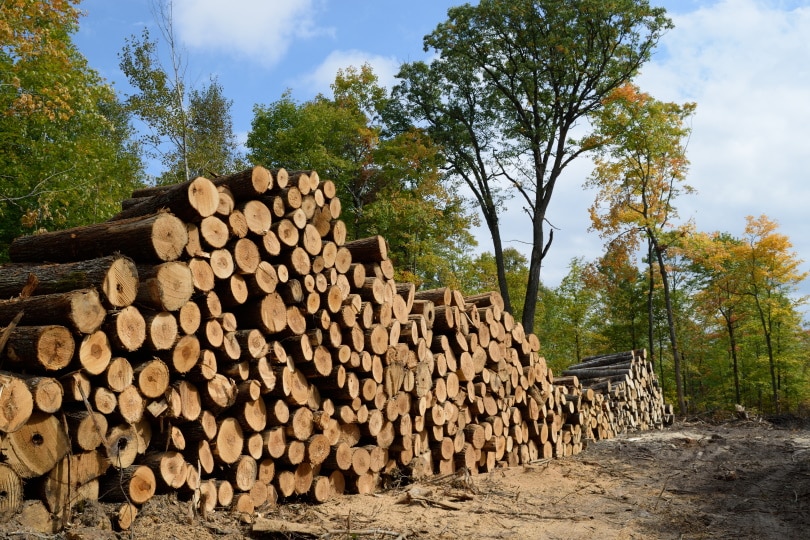
How Long Does Termite Treatment Last?
Termite treatments last between 1 and 5 years; it depends on the type of chemicals you are using. Liquid treatment will last for over 5 years, whereas baits are only effective within a year.
- Related Read: Is Pressure Treated Wood Safe for Vegetable Gardens?
How Long Will Pressure-Treated Wood Last?
Well-maintained pressure-treated wood will last for over four decades. However, its lifetime may be greatly reduced by water, such as using wood on decks.
Despite termites being universal wood consumers, they cannot feed on all trees. Termites will not eat pieces of wood from the following trees due to bad taste or smell.
- Redwood
- Yellow Cedar
- Heartwood grade timber and Laotian Teak are very dense and difficult for termites to chew through.
 Final Thoughts
Final Thoughts
Termites do not feed on pressure-treated wood within the first 5 years. They will start eating away timber from about 6 years and beyond, however, when the efficacy of any termiticides has reduced considerably.
- https://www.orkin.com/pests/termites/termite-statistics#
- https://www.accelpest.com/blog/2021/january/do-termites-decrease-the-value-of-your-home-/#
- https://www.orkin.com/pests/termites/colony
- https://pestlockdown.com/do-termites-die-when-exposed-to-sunlight/
- http://ipm.ucanr.edu/PMG/PESTNOTES/pn7415.html#
- https://www.orkin.com/pests/termites/what-wood-will-termites-not-eat
Featured Image Credit: Darkfoxelixir, Shutterstock
Contents

 What Is Pressure-Treated Wood?
What Is Pressure-Treated Wood?